What Jesters Did
From being used as the king’s personal spy, or performing at a festival, there was no set routine for what the life of jesters entailed. History reports jesters being well versed in songs, skits, riddles, storytelling, juggling, and even magic tricks1.
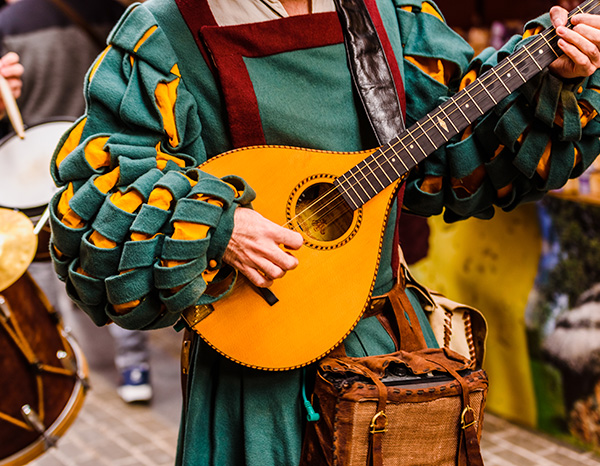
The skills of a court jester had to be numerous if they wanted to make a name for themselves. Some of the most famous jester skills of the trade included dance, commentary, tricks, acrobatics, pranks, acting, singing, often several musical instruments.
A jester had to be able to entertain large crowds and impress important figures such as the reigning monarchs and their court. Jesters were common in the courts of kings and queens where they used their skills to lift their spirits.
From miming, riddles, or dancing, the skills of a jester had to be good enough to keep the attention of a crowd and become a contrasting respite from bad news or troubling times. In the present day, these same skills are incorporated in the roles of performers such as clowns or street performers.
A highly coveted position was that of the king or queen’s personal jester throughout medieval Europe. The daily life of a court jester was to keep the king happy and provide entertainment. Notable monarchs that hired a royal court jester include Queen Elizabeth and King Henry VIII2.
The court jester often toed the line between humour and slander. While they were one of the few people who could freely speak at court, there were also times when they went too far with their ridicule or made fun of the wrong influential figure and lost their job.
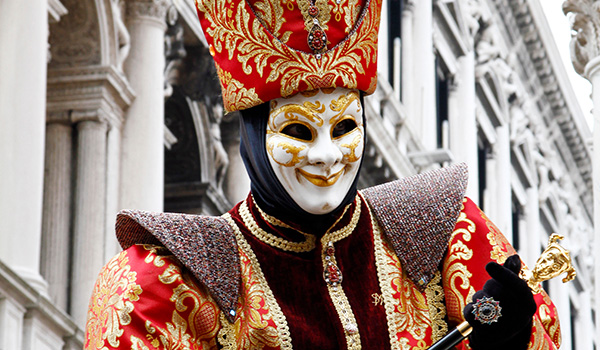
The Tools of the Court Jester
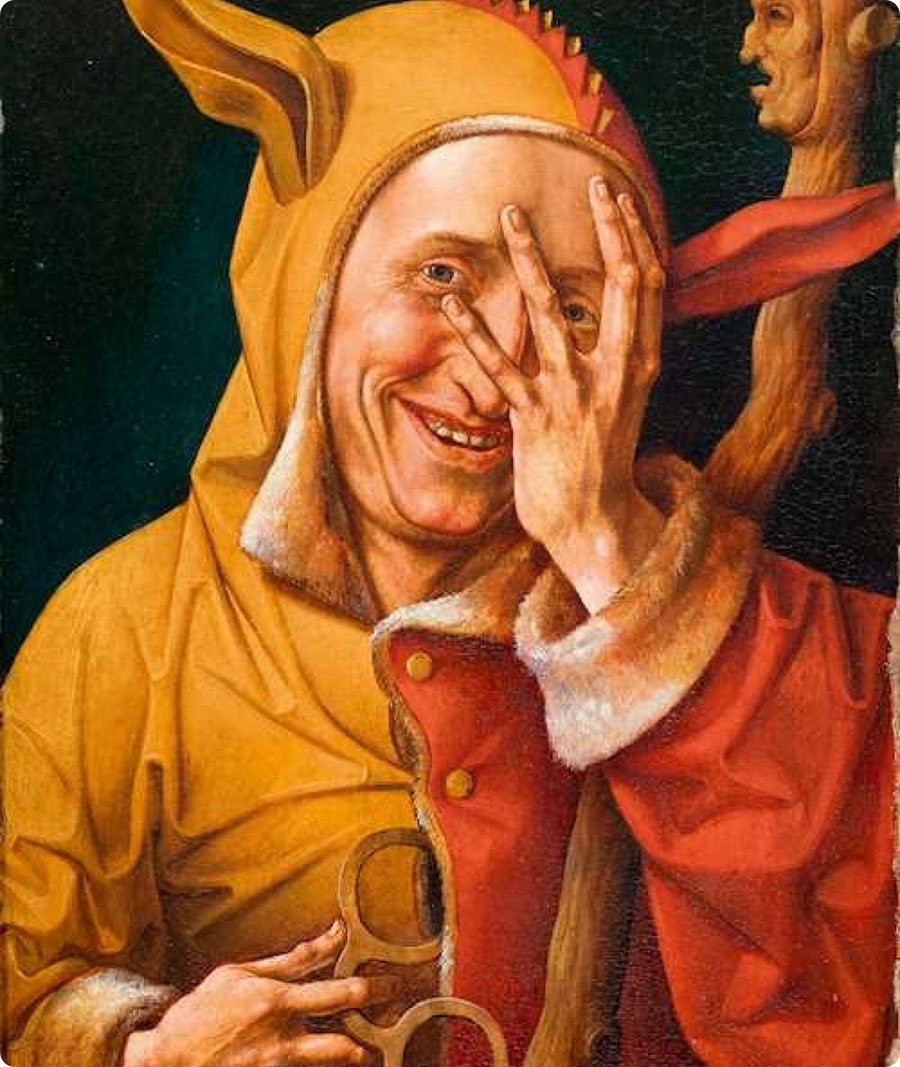
Frans Verbeeck | Portrait of a Jester (Circa 1550)
The tools of the court jester included his instruments, props, and costumes. The costumes of the jester would be patterned with motley colours and accompanied with donkey ears or a jester hat that resembled a monk’s cowl. Some jesters would also attach bells to their fool’s hat which would create one of the most iconic symbols that a jester is known for today3.
Often a court jester would make a mock sceptre with the head carved from wood to resemble a face, called a ‘bauble’ or a ‘marotte’. The face of the sceptre would often be made to resemble the jester and be painted or decorated to match their motley uniform.
One of the most valuable assets in a court jester’s repertoire was their razor-sharp wit and tongue, complemented by the whimsical court jester costume they adorned.. Criticism and mockery of famous nobles, or even the king himself was a common occurrence. This ability to speak freely often came in handy when an argument or heated conversation created tension in the court. The court jester would often be used to alleviate the tension with humour.
For many jesters, the tools of their trade related to how far their imagination would stretch. A famous example is Jeffrey Hudson who was a medieval jester in the court of King Charles I and hid inside a giant pie as part of his act4.
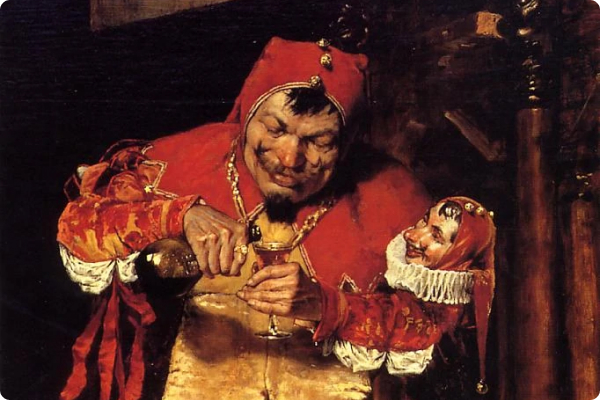
“Keying Up” The Court Jester | William Merritt Chase (1875)
Meddling Medieval Jesters
During medieval times, jesters were not just a part of court life for idle entertainment. History will show that many jesters who were a part of the royal court, also had the ear of the king or queen.
The court jester in medieval society was respected as an entertainer and provided with a set income in the form of food, and shelter. Jesters during this time in the Middle Ages often sported the classic fool’s costume or fool’s hat and was easily distinguishable from the other members of the court.
A professional fool employed by the king or queen during the medieval period was often well educated and versed on the political warfare that occurred. Sometimes the jester was the only person who could advise the monarch on bad news, or even advice on how to act next5.
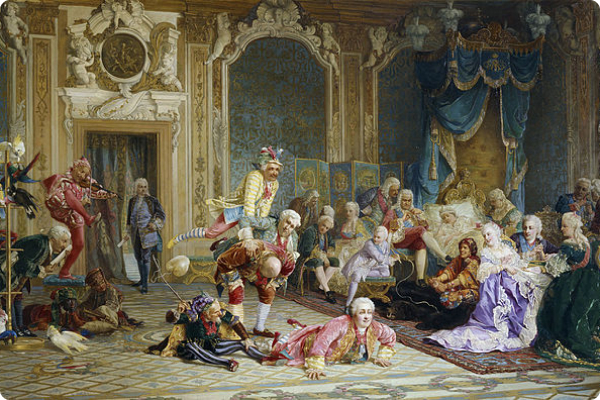
Jesters of empress Anna Ioanovna by V.Jacobi (1872)
Jesters and the Renaissance
From Chinese jesters to the Scottish jester, a common theme of jesters around the world was the mockery of notable figures. During the Renaissance period when kings and queens were under the sway of the Roman Catholic Church, it became a favoured topic for the professional fool.
It was common to see fools mocking nobleman or members of the church for their extreme wealth or stoic devotion. These jesters often used the protection of their benefactor such as the king or even a lord to save them from retribution from their mockery.
But did you know that there were jesters even in the church? During the Renaissance anyone who was anyone had a jester, even the Pope. This practice was upheld by many Popes up until Pius V, who was known for his strict reforms, and stopped this tradition6.
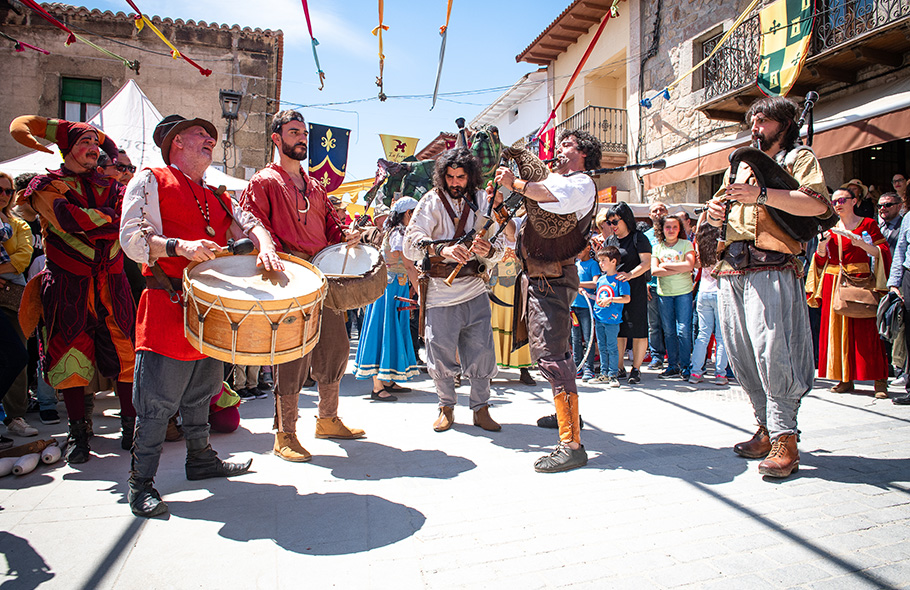
Other Duties of the Jester
While history remembers jesters as the centre of court entertainment, they could often be found in pubs, town squares, markets, or even travelling from town to town. Not all jesters were affiliated with wealthy or noble families, so often performing in local taverns or festivals was how they would build their reputation in the hopes of becoming a famous jester.
Unlike the court jester, professional jesters who travelled didn’t have a permanent place of residence or a steady income.
Often a travelling fool was a poor jester when compared to how well the job of a court jester paid. A travelling jester’s money depended on where they could find the right audience.
Resources:
- Megneal. (2024, June 6). What did court jesters actually do? History Facts. https://historyfacts.com/arts-culture/article/what-did-court-jesters-actually-do/
- Historic England. (n.d.). The King’s Fools – Disability in the Tudor Court | Historic England. https://historicengland.org.uk/research/inclusive-heritage/disability-history/1485-1660/disability-in-the-tudor-court/
- Medieval Jesters. (n.d.). https://www.medieval-life-and-times.info/medieval-life/medieval-jesters.htm
- The hero of the pie. (n.d.). https://englishhistoryauthors.blogspot.com/2014/02/the-hero-of-pie.html
- Medieval Jester – more than just a fool. (n.d.). Medieval Facts. https://medievalfactsexaminer.weebly.com/articles/medieval-jester-more-than-just-a-fool
- McAfee, S. (2020, August 28). The Pope who fired the Papal jester. NCR. https://www.ncregister.com/blog/the-pope-who-fired-the-papal-jester

